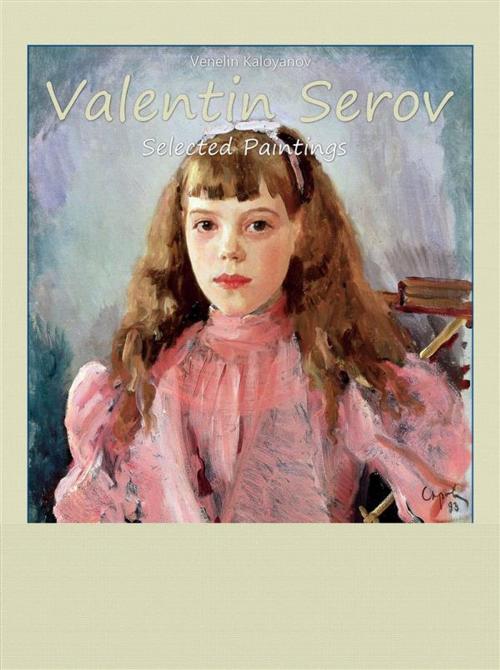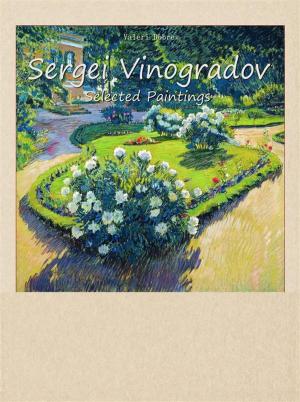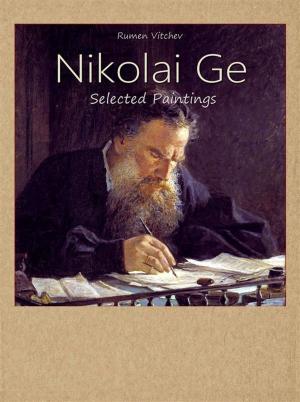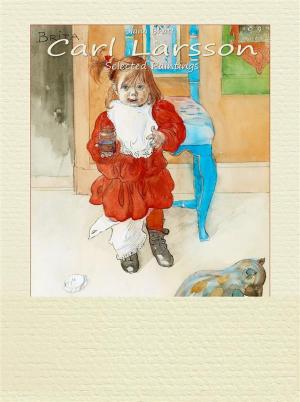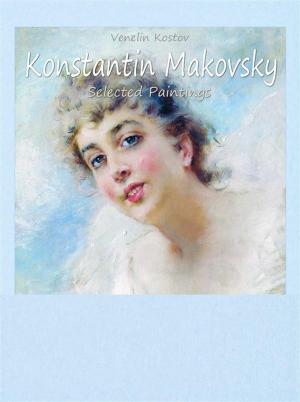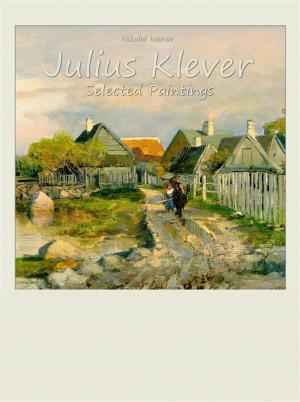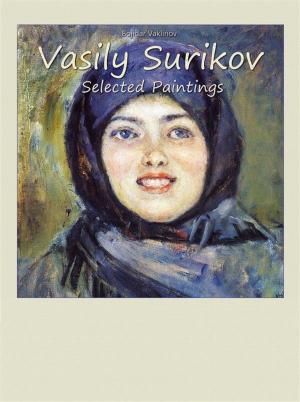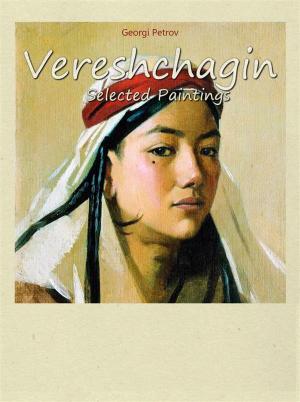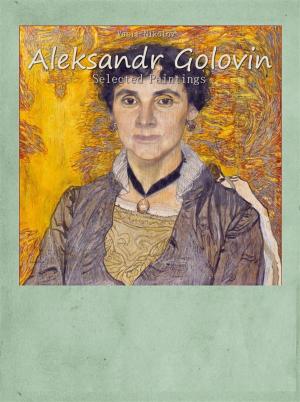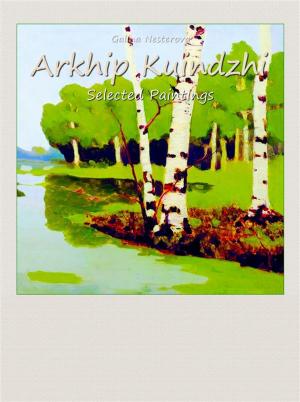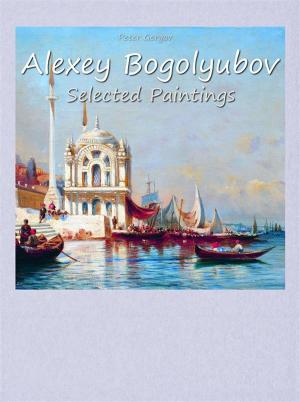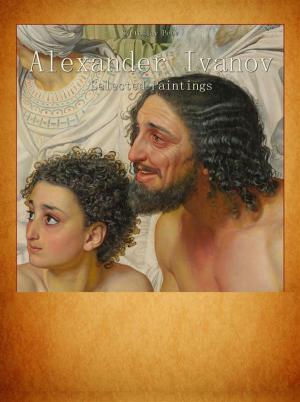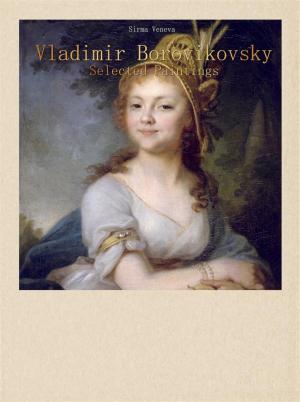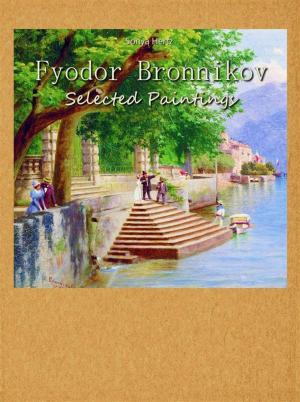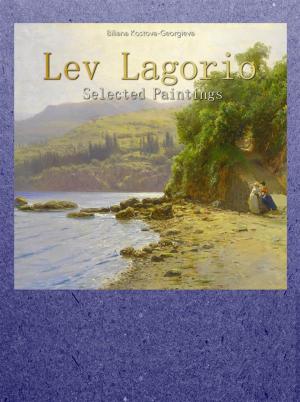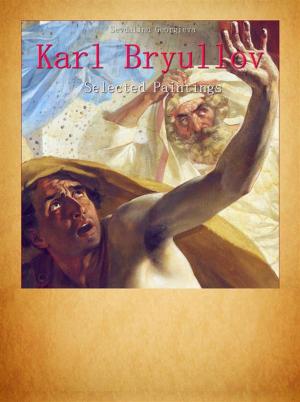| Author: | Venelin Kaloyanov | ISBN: | 9788822812162 |
| Publisher: | Publisher s22302 | Publication: | August 15, 2017 |
| Imprint: | Language: | English |
| Author: | Venelin Kaloyanov |
| ISBN: | 9788822812162 |
| Publisher: | Publisher s22302 |
| Publication: | August 15, 2017 |
| Imprint: | |
| Language: | English |
Valentin Alexandrovich Serov (1865 -1911) was a Russian painter, and one of the premier portrait artists of his era. He was born in St. Petersburg, son of the Russian composer Alexander Serov, and his wife Valentina Bergman, a composer of German-Jewish background. In his childhood he studied in Paris and Moscow under Ilya Repin and in the St. Petersburg Academy of Arts (1880-1885) under Pavel Chistyakov. Serov's early creativity was sparked by the realistic art of Repin and strict pedagogical system of Chistyakov. Further influences on Serov were the old master paintings he viewed in the museums of Russia and Western Europe, friendships with Mikhail Vrubel and later Konstantin Korovin, and the creative atmosphere of the Abramtsevo Colony, to which he was closely connected.
From 1890 on, the portrait became the basic genre in Serov's art. It was in this field that his early style would become apparent, the paintings notable for the psychologically pointed characteristics of his subjects. Serov's favorite models were actors, artists, and writers (Konstantin Korovin, 1891, Isaac Levitan, 1893, Nikolai Leskov, 1894, Nikolai Rimsky-Korsakov, 1898).
Initially abstaining from the polychromatic, brightly colored painting style of the 1880s, Serov often preferred a dominant scale of black-grey or brown tones. Impressionistic features appeared sometimes in composite construction of a portrait, or to capture a sense of spontaneous movement. As in the work of his contemporaries John Singer Sargent and Anders Zorn, the impressionism is not doctrinaire, but derives as much from the study of Hals and Velazquez as from modern theory. Receiving wide popularity, in 1894 Serov joined with the Peredvizhniki (The Itinerants), and took on important commissions, among them portraits of grand duke Pavel Alexandrovich, (1897), S. M. Botkin, 1899, and F.F. Yusupova, 1903 as well as Princess Olga Orlova.
During his late period, which began in 1900, Serov was a member of "The World of art", an influential Russian art association and magazine which grew, in part, out of dissatisfaction with the Itinerants movement. At the start of the 20th century, Serov was at a stylistic turning point: features of impressionism disappeared from his work, and his modernistic style developed, but the characteristic truthful and realistic comprehension of the nature of his subjects remained constant.
The last years of Serov's life were marked by works on themes from classical mythology. While addressing images from the ancient tradition, Serov endowed classical subject matter with a personal interpretation.
Valentin Alexandrovich Serov (1865 -1911) was a Russian painter, and one of the premier portrait artists of his era. He was born in St. Petersburg, son of the Russian composer Alexander Serov, and his wife Valentina Bergman, a composer of German-Jewish background. In his childhood he studied in Paris and Moscow under Ilya Repin and in the St. Petersburg Academy of Arts (1880-1885) under Pavel Chistyakov. Serov's early creativity was sparked by the realistic art of Repin and strict pedagogical system of Chistyakov. Further influences on Serov were the old master paintings he viewed in the museums of Russia and Western Europe, friendships with Mikhail Vrubel and later Konstantin Korovin, and the creative atmosphere of the Abramtsevo Colony, to which he was closely connected.
From 1890 on, the portrait became the basic genre in Serov's art. It was in this field that his early style would become apparent, the paintings notable for the psychologically pointed characteristics of his subjects. Serov's favorite models were actors, artists, and writers (Konstantin Korovin, 1891, Isaac Levitan, 1893, Nikolai Leskov, 1894, Nikolai Rimsky-Korsakov, 1898).
Initially abstaining from the polychromatic, brightly colored painting style of the 1880s, Serov often preferred a dominant scale of black-grey or brown tones. Impressionistic features appeared sometimes in composite construction of a portrait, or to capture a sense of spontaneous movement. As in the work of his contemporaries John Singer Sargent and Anders Zorn, the impressionism is not doctrinaire, but derives as much from the study of Hals and Velazquez as from modern theory. Receiving wide popularity, in 1894 Serov joined with the Peredvizhniki (The Itinerants), and took on important commissions, among them portraits of grand duke Pavel Alexandrovich, (1897), S. M. Botkin, 1899, and F.F. Yusupova, 1903 as well as Princess Olga Orlova.
During his late period, which began in 1900, Serov was a member of "The World of art", an influential Russian art association and magazine which grew, in part, out of dissatisfaction with the Itinerants movement. At the start of the 20th century, Serov was at a stylistic turning point: features of impressionism disappeared from his work, and his modernistic style developed, but the characteristic truthful and realistic comprehension of the nature of his subjects remained constant.
The last years of Serov's life were marked by works on themes from classical mythology. While addressing images from the ancient tradition, Serov endowed classical subject matter with a personal interpretation.
